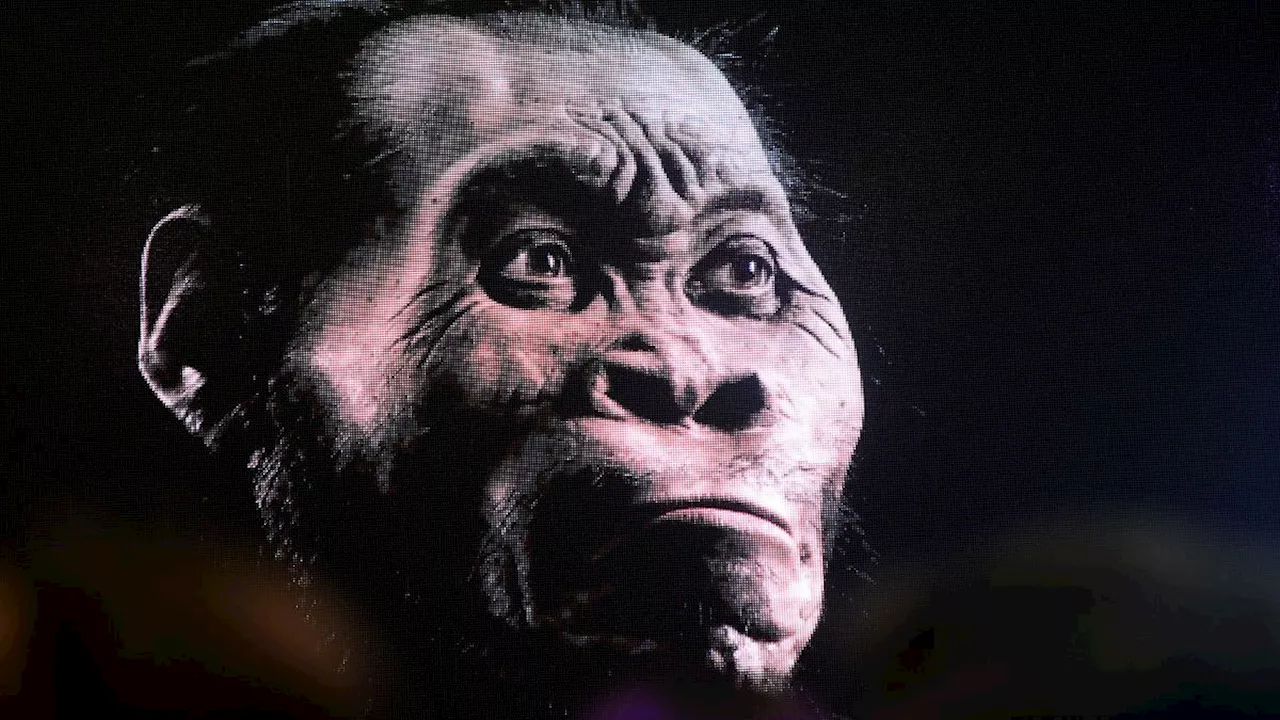A group of archaeologists argues that there is no convincing scientific evidence to support the claims that the ancient human relative Homo naledi deliberately buried their dead and engraved rocks in a South African cave.
There's "no convincing scientific evidence" behind the extraordinary claims that the ancient human relative Homo naledi deliberately buried their dead and engraved rocks deep in a South African cave around 300,000 years ago, a group of archaeologists argues in a new commentary. H.
naledi became a lightning rod of controversy earlier this year after a team claimed the extinct hominin with an orange-size brain carried its dead into the Rising Star cave system, lit fires and engraved abstract patterns and shapes onto the walls — complex behaviors previously known only in larger-brained modern humans (Homo sapiens) and our close cousins. The team courted backlash, in part, because they announced their controversial findings in a conference speech and three preprint studies that weren't peer-reviewed, which frustrated some scientists, National Geographic reported at the time. The online journal eLife accepted the preprints, initially posted to bioRxiv in June, for a public peer-review assessment, which concluded that there was "incomplete" evidence behind the claims
Archaeologists Homo Naledi Ancient Human Burials Engravings South African Cave
United Kingdom Latest News, United Kingdom Headlines
Similar News:You can also read news stories similar to this one that we have collected from other news sources.
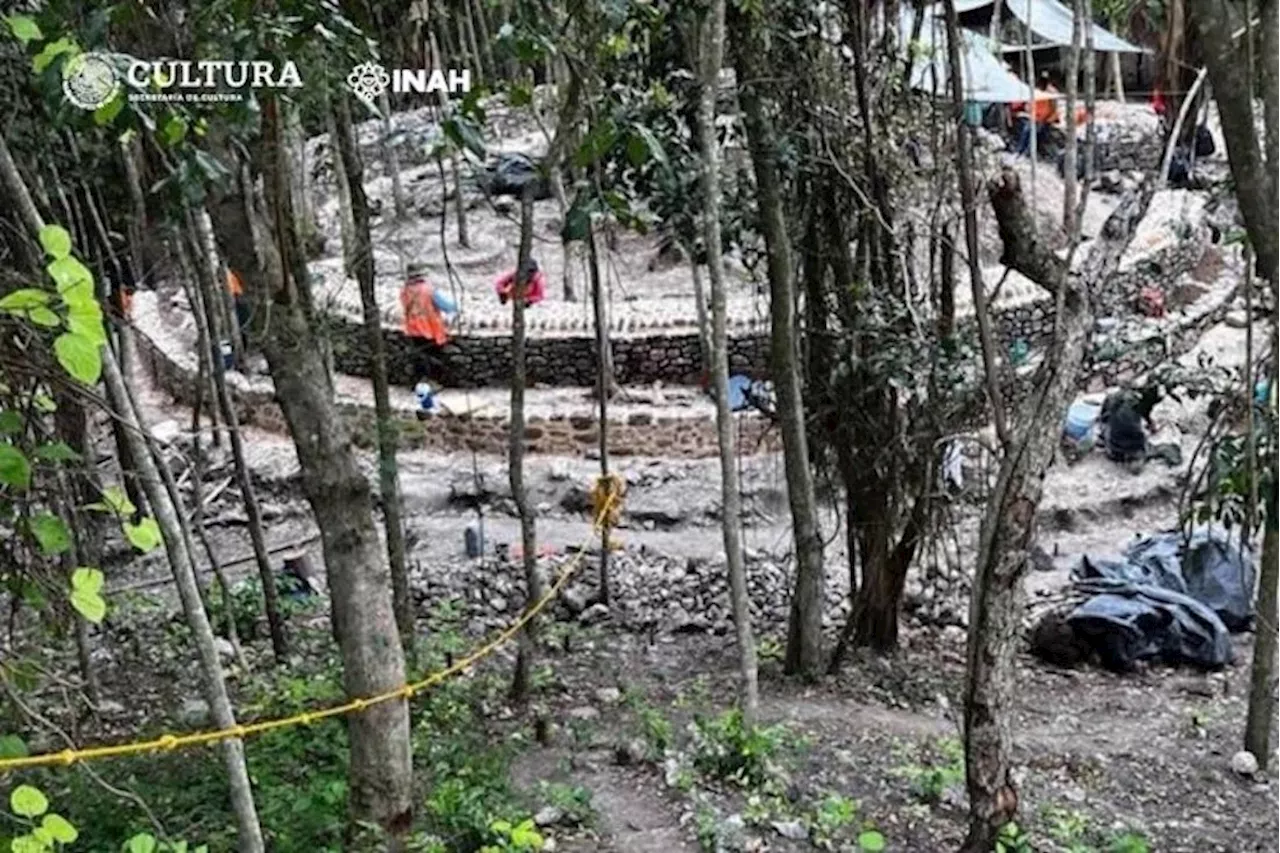 Archaeologists Discover Ancient 'Cult' Circular Structure in JungleThe structure dates to the period 1000-1200 A.D. and could be linked to the cult of a serpent deity that was prominent in Maya mythology.
Archaeologists Discover Ancient 'Cult' Circular Structure in JungleThe structure dates to the period 1000-1200 A.D. and could be linked to the cult of a serpent deity that was prominent in Maya mythology.
Read more »
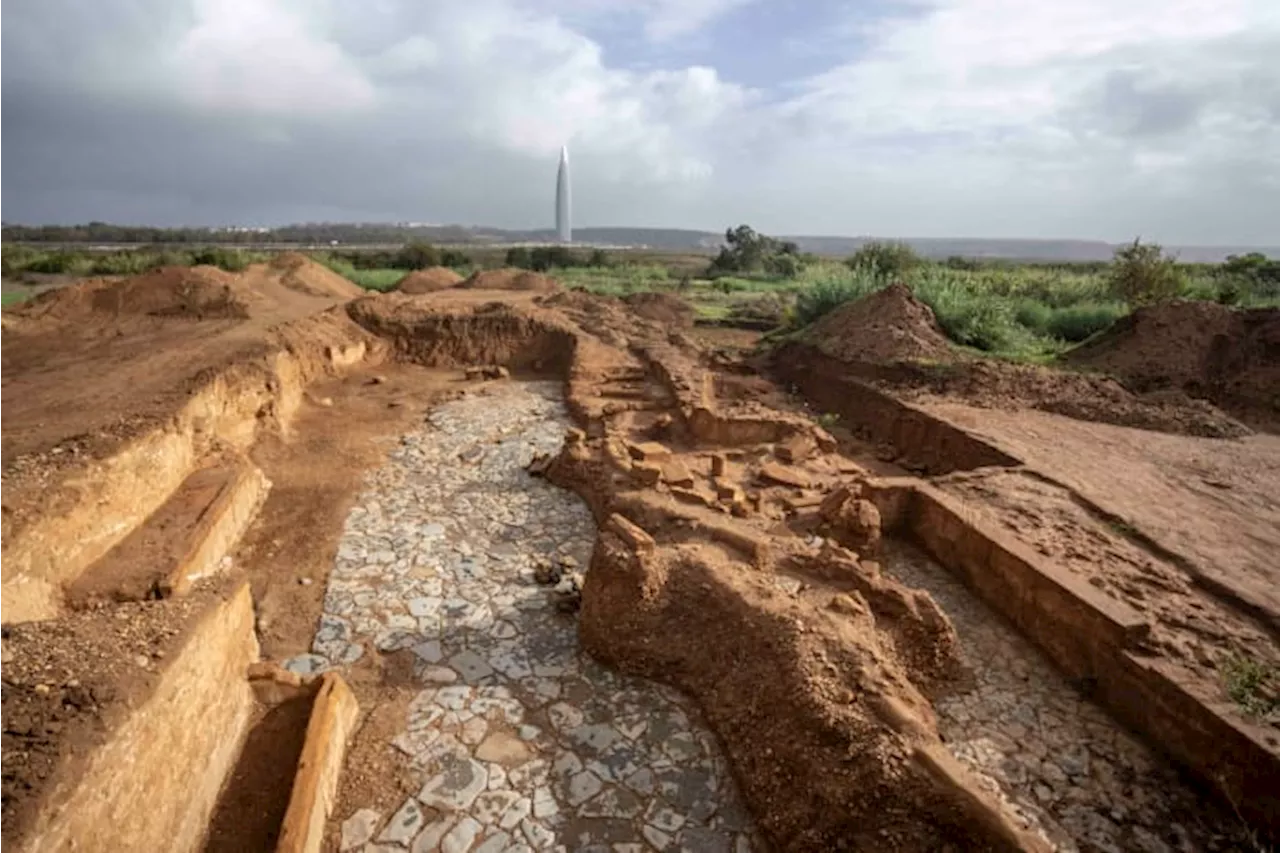 Moroccan archaeologists unearth new ruins at Chellah, a tourism-friendly ancient port near RabatArchaeologists have unearthed more ancient ruins of what they believe was once a bustling port city near the capital of modern-day Morocco.
Moroccan archaeologists unearth new ruins at Chellah, a tourism-friendly ancient port near RabatArchaeologists have unearthed more ancient ruins of what they believe was once a bustling port city near the capital of modern-day Morocco.
Read more »
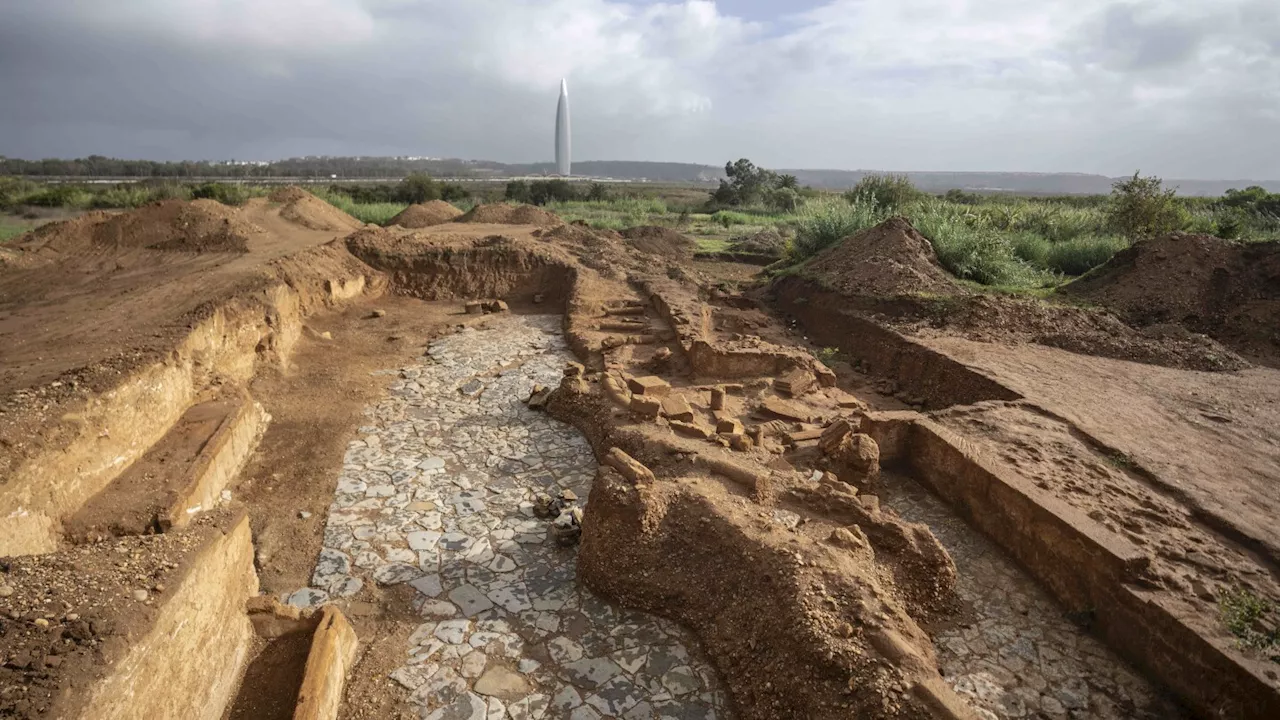 Moroccan archaeologists unearth new ruins at Chellah, a tourism-friendly ancient port near RabatArchaeologists have unearthed more ancient ruins of what they believe was once a bustling port city near the capital of modern-day Morocco. Researchers from Morocco’s National Institute of Archaeological Sciences and Heritage on Friday presented new discoveries made this year at Chellah. The site is a 1.2-square-mile or 3.
Moroccan archaeologists unearth new ruins at Chellah, a tourism-friendly ancient port near RabatArchaeologists have unearthed more ancient ruins of what they believe was once a bustling port city near the capital of modern-day Morocco. Researchers from Morocco’s National Institute of Archaeological Sciences and Heritage on Friday presented new discoveries made this year at Chellah. The site is a 1.2-square-mile or 3.
Read more »
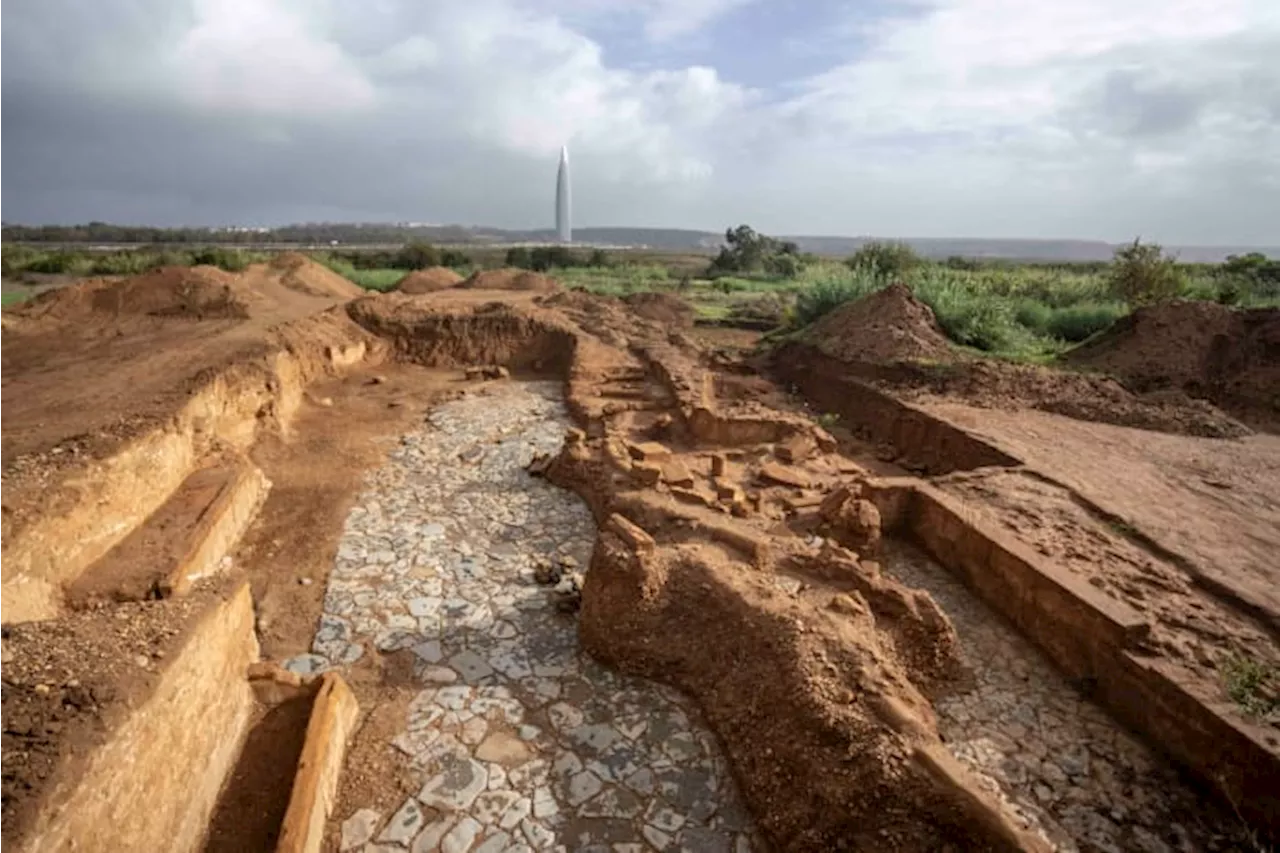 Moroccan archaeologists unearth new ruins at Chellah, a tourism-friendly ancient port near RabatArchaeologists have unearthed more ancient ruins of what they believe was once a bustling port city near the capital of modern-day Morocco.
Moroccan archaeologists unearth new ruins at Chellah, a tourism-friendly ancient port near RabatArchaeologists have unearthed more ancient ruins of what they believe was once a bustling port city near the capital of modern-day Morocco.
Read more »
 Moroccan archaeologists unearth new ruins at Chellah, a tourism-friendly ancient portExperts believe the ruins were once a bustling port city near the capital.
Moroccan archaeologists unearth new ruins at Chellah, a tourism-friendly ancient portExperts believe the ruins were once a bustling port city near the capital.
Read more »
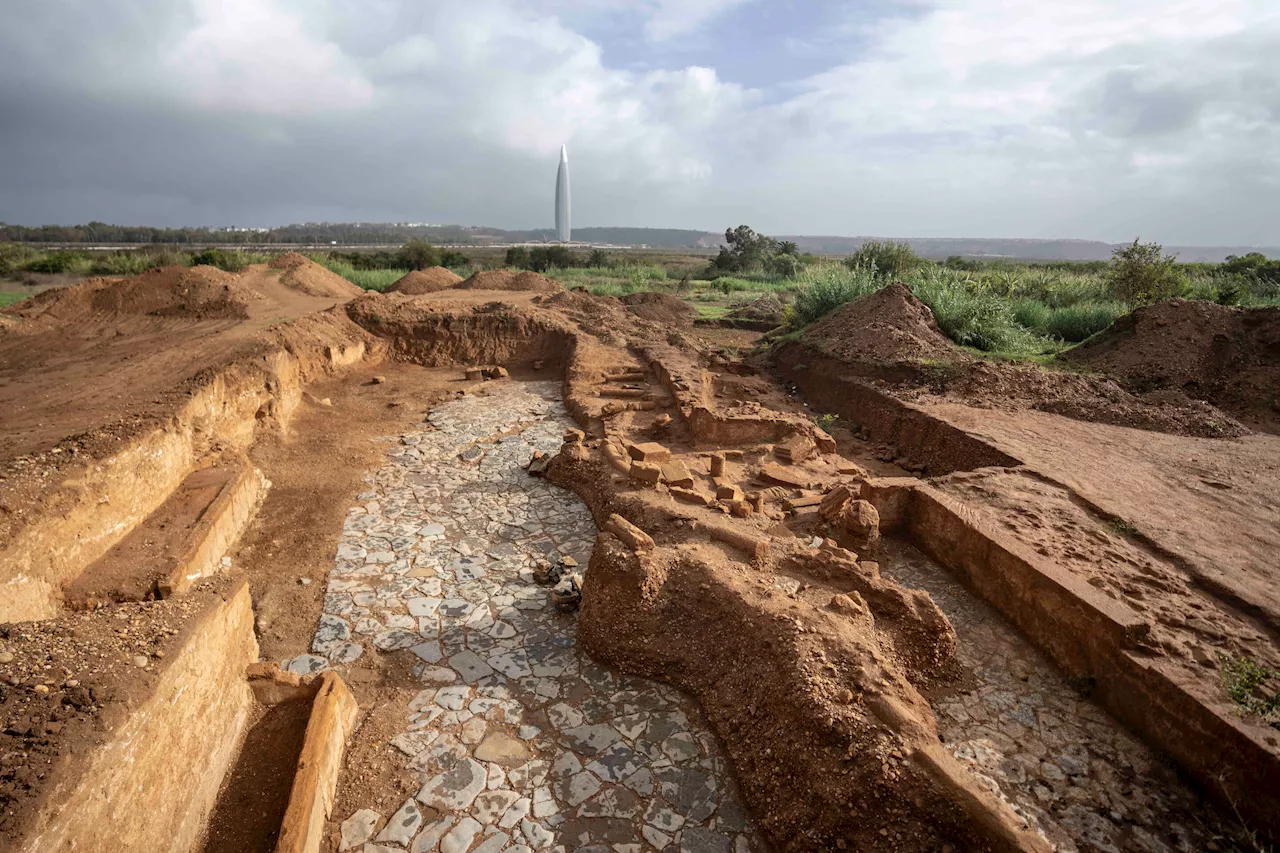 Moroccan archaeologists unearth new ruins at Chellah, a tourism-friendly ancient port near RabatArchaeologists have unearthed more ancient ruins of what they believe was once a bustling port city near the capital of modern-day Morocco, digging out thermal baths and working class neighborhoods that the country hopes will lure tourists and scholars in the years ahead.
Moroccan archaeologists unearth new ruins at Chellah, a tourism-friendly ancient port near RabatArchaeologists have unearthed more ancient ruins of what they believe was once a bustling port city near the capital of modern-day Morocco, digging out thermal baths and working class neighborhoods that the country hopes will lure tourists and scholars in the years ahead.
Read more »
